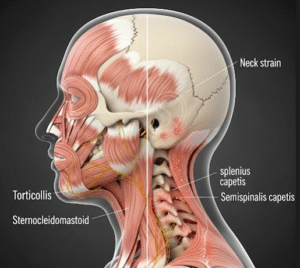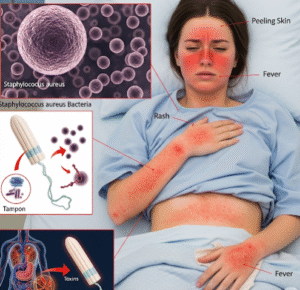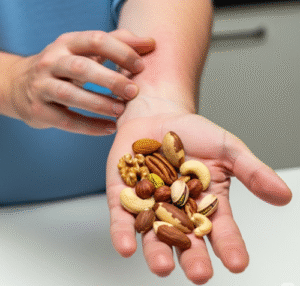Overview
Snake bites are a medical emergency that can result in serious health complications if not treated promptly. Although not extremely common in urban areas of Korea, snake bites do occur, especially in rural regions, mountainous terrains, and during outdoor activities such as farming, hiking, or camping. Korea is home to a few venomous snakes, including the mamushi (Gloydius blomhoffii) and the Korean pit viper (Gloydius brevicaudus), which pose potential threats to humans.
What is a Snake Bite?
A snake bite occurs when a snake punctures the skin with its fangs. It can be either venomous or non-venomous. Venomous bites inject toxins that can affect the nervous system, blood clotting, or tissues. The severity of a bite depends on the species, amount of venom injected, and how quickly treatment is received.
In Korea, most serious bites are from pit vipers, which can cause swelling, tissue damage, and systemic effects.
Symptoms
- Immediate pain or burning sensation at the bite site
- Swelling and bruising around the bite
- Nausea and vomiting
- Difficulty breathing (in severe cases)
- Weakness or dizziness
- Bleeding or clotting issues
- Numbness or tingling around the mouth or limbs
- Shock or unconsciousness (rare, severe cases)
Causes
- Accidental encounters with snakes while hiking or farming
- Reaching into hidden places like wood piles or tall grass
- Walking barefoot or wearing open footwear outdoors
- Improper handling of snakes (in rare pet or research settings)
Risk Factors
- Living in or traveling to rural or mountainous regions
- Working in agriculture or forestry
- Camping or hiking without proper precautions
- Warmer months (spring through autumn), when snakes are more active
- Lack of awareness about venomous species
Complications
- Necrosis (tissue death) around the bite
- Infection if the wound is not properly cleaned
- Hemorrhage or internal bleeding
- Kidney failure (in rare, untreated cases)
- Allergic reaction to antivenom
- Permanent scarring or limb dysfunction
- Death, though extremely rare in Korea due to prompt medical care
Prevention
- Wear long pants and boots when walking in tall grass or hiking
- Avoid putting hands or feet into areas you can’t see
- Use flashlights at night when walking outdoors
- Avoid provoking or handling snakes
- Be cautious during the warmer months, especially in rural or mountainous areas
- Learn to identify venomous snakes native to Korea
Treatment Options in Korea
- Immediate First Aid
- Keep the patient calm and still to slow venom spread
- Do not cut the wound, suck out the venom, or apply ice
- Immobilize the bitten limb at or slightly below heart level
- Remove rings or tight clothing before swelling begins
- Seek medical help immediately (Call 119 in Korea)
- Hospital-Based Care
- Most snake bite victims are treated at emergency departments of general hospitals
- Antivenom administration is available for venomous snake bites (Korean hospitals stock antivenom specifically for pit vipers)
- Supportive care includes IV fluids, pain management, antibiotics, and tetanus shots
- Monitoring for allergic reactions to antivenom
- Severe cases may require surgical intervention for necrosis or compartment syndrome
- Specialized Treatment Centers in Korea
- National Medical Center, Seoul
- Seoul National University Hospital
- Chonnam National University Hospital (noted for treating venomous bites)
- Regional emergency centers in rural areas are trained in snake bite management
- Follow-up and Rehabilitation
- Wound care and dressing changes
- Physical therapy for affected limbs
- Psychological support if the patient develops post-traumatic stress
- Availability of Antivenom in Korea
- The Korea Disease Control and Prevention Agency (KDCA) ensures distribution of antivenoms
- Korean-manufactured antivenoms target local venomous species
- Antivenom is administered only in hospital settings due to possible allergic reactions













